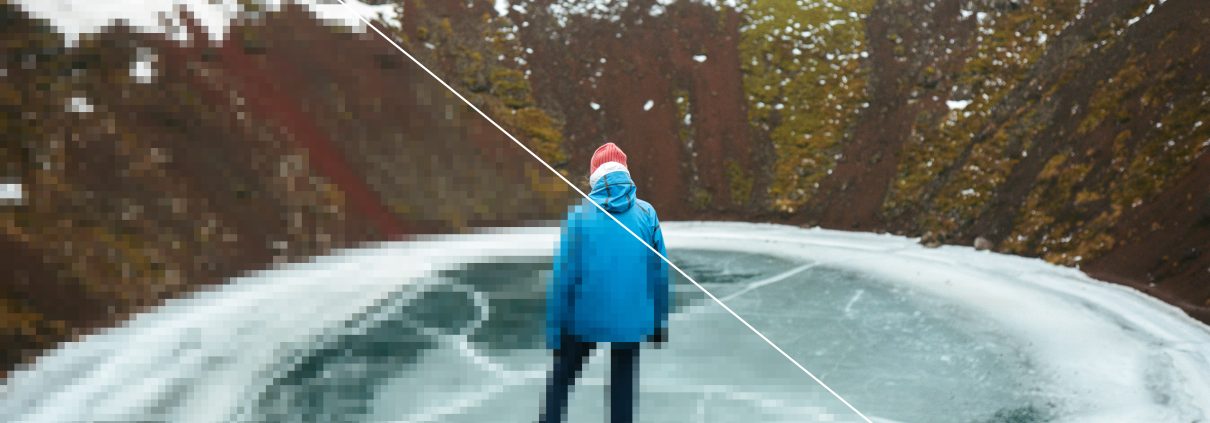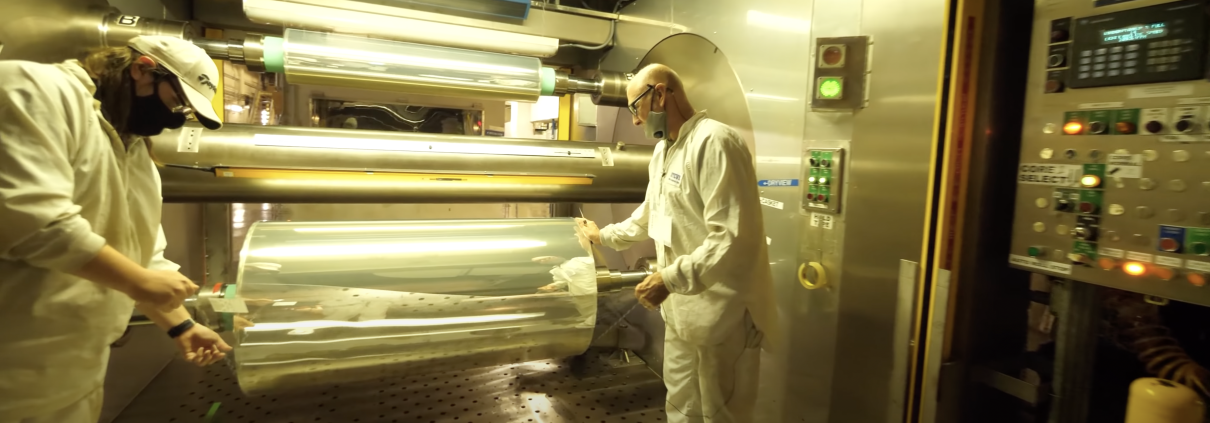To provide the best experiences, we use technologies like cookies to store and/or access device information. Consenting to these technologies will allow us to process data such as browsing behavior or unique IDs on this site. Not consenting or withdrawing consent, may adversely affect certain features and functions.
The technical storage or access is strictly necessary for the legitimate purpose of enabling the use of a specific service explicitly requested by the subscriber or user, or for the sole purpose of carrying out the transmission of a communication over an electronic communications network.
The technical storage or access is necessary for the legitimate purpose of storing preferences that are not requested by the subscriber or user.
The technical storage or access that is used exclusively for statistical purposes.
The technical storage or access that is used exclusively for anonymous statistical purposes. Without a subpoena, voluntary compliance on the part of your Internet Service Provider, or additional records from a third party, information stored or retrieved for this purpose alone cannot usually be used to identify you.
The technical storage or access is required to create user profiles to send advertising, or to track the user on a website or across several websites for similar marketing purposes.







Handprints: From the Negative to the Paper
You’ve always thought your film photos were truly analog—but what if they could be even more so? At Carmencita, we handle thousands of negatives daily, and it’s thrilling to see them turn into scans, prints, or even your next profile picture. But let’s face it: what we see today in the analog world isn’t purely…
Harman Phoenix. The good, the bad and the ugly
So, here it is! By the time you are reading this, unless you were living inside a digital cave, you know Ilford Harman, the British film manufacturer that we’ve known for years for their B&W timeless emulsions, has changed the game by releasing a C41 emulsion, a global release that took everyone by surprise….
Airport X-Rays: Will They Ruin Your Film?
As the world moves towards more advanced technologies, airports in Europe and USA have begun using new X-Ray scanners called CT scanners in their security checks. While these scanners may seem like a step towards improved safety, they could have a very damaging effect on your film. This blog post will discuss the differences between…
TIFF vs JPG
It’s finally time to open pandora’s box. TIFF vs. JPG, how do they really work? Is one better than the other just because? TIFF (Tagged Image File Format) and JPG (Joint Photographic Experts Group) are two great image formats that are widely used to store digital images. It can be tricky to tell the…
How does Kodak make film? Smarter Every Day!
Ever wonder how film is actually manufactured? It’s no secret that analog photography is getting more and more popular, so we can’t help but ask: what does this all mean for the film supply? Fortunately, Smarter Every Day has given us an inside look at the Kodak plant in Rochester, New York, where we…